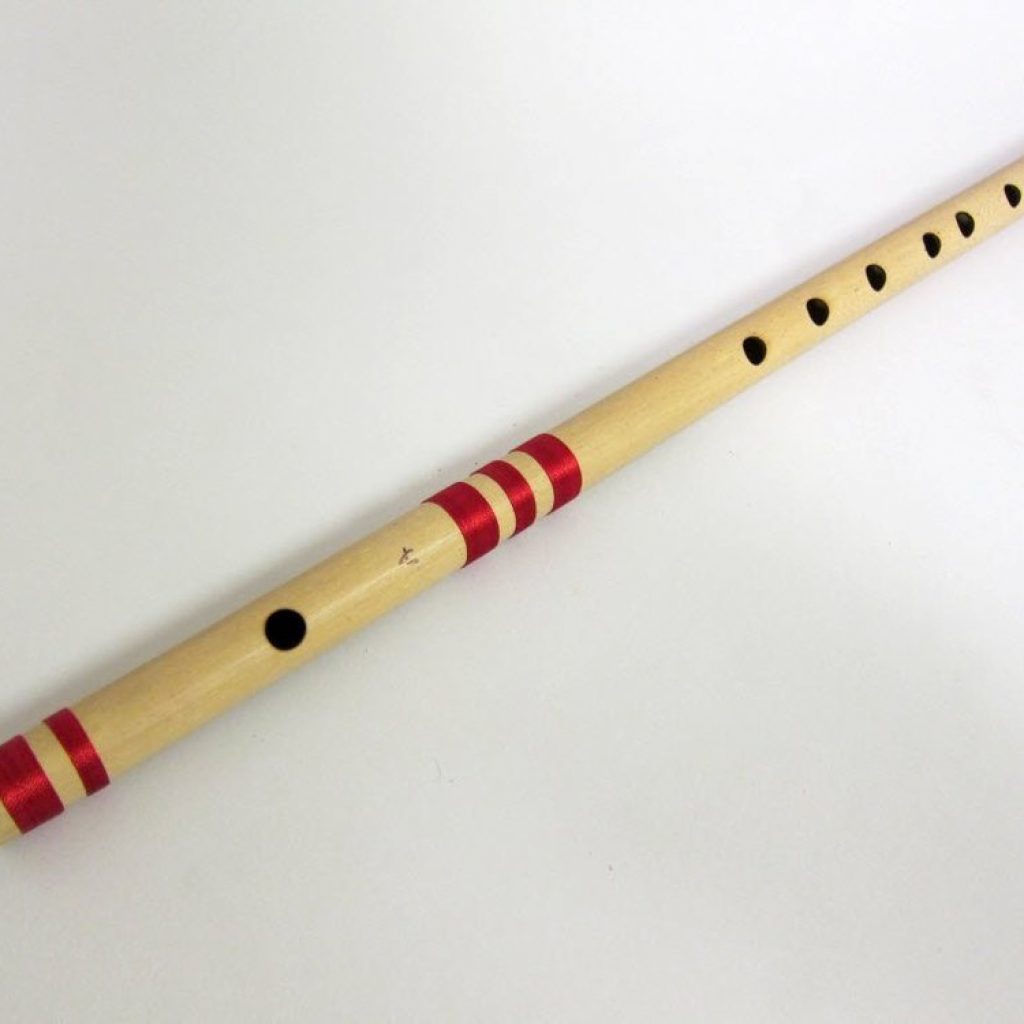The Bansuri flute, with its enchanting melodies and deep roots in Indian classical music, carries a rich history that mirrors the cultural tapestry of the Indian subcontinent. From ancient traditions to its contemporary presence in global music, the Bansuri’s journey is a melodic narrative that resonates with spirituality, innovation, and artistic expression.

Ancient Origins and Mythology: The Bansuri’s origins can be traced back to ancient India, where it finds mention in Hindu mythology. The flute is often associated with Lord Krishna, the divine cowherd, who is depicted playing the Bansuri, captivating not only the human listeners but also the creatures and nature itself. This association with divinity has elevated the Bansuri to a sacred status in Indian culture.
Classical Heritage and Raga Tradition: The Bansuri holds a revered place in Indian classical music, both in the Hindustani and Carnatic traditions. In Hindustani classical music, it is a key instrument used to perform ragas—complex melodic structures that evoke specific moods and emotions. The Bansuri’s ability to produce intricate ornamentations and its inherent resonance make it a versatile and expressive instrument in the hands of a skilled musician.
Flute-Making Traditions: Crafting a Bansuri requires a deep understanding of bamboo and a keen sense of acoustics. Artisans, often following traditional techniques, carefully select bamboo and shape it into a cylindrical form, creating the basic structure of the flute. The tuning holes and embouchure are meticulously crafted to achieve the desired tonal quality.
Spirituality and Meditation: Beyond its role in classical music, the Bansuri is embraced as a tool for spiritual practice and meditation. Its serene and meditative tones evoke a sense of tranquility, making it a companion for those seeking inner contemplation and connection with the divine. The breathy and fluid nature of the Bansuri’s sound aligns with the principles of mindfulness and introspection.
Innovation and Fusion: In the 20th century, the Bansuri underwent innovations that expanded its repertoire. Pioneering flutists like Pandit Hariprasad Chaurasia explored new musical territories, incorporating the Bansuri into genres beyond classical music. This spirit of innovation has continued, with contemporary musicians blending the Bansuri’s traditional charm with global influences, contributing to a vibrant fusion of sounds.
Global Influence and Collaboration: The Bansuri’s appeal has transcended borders, captivating audiences worldwide. Collaborations with musicians from diverse cultural backgrounds have enriched its sonic palette, showcasing the flute’s ability to bridge musical traditions and create harmonious dialogues across cultures.
Educational Revival: Efforts to preserve and propagate the art of Bansuri playing include educational initiatives and schools dedicated to teaching this traditional instrument. Aspiring musicians, both in India and internationally, have access to structured learning programs that ensure the continuity of Bansuri playing traditions.
In conclusion, the history of the Bansuri is a testament to the enduring beauty of Indian classical music and the flute’s ability to evoke profound emotions and spiritual connections. From ancient myths to contemporary collaborations, the Bansuri continues to breathe life into melodies that echo across time and borders.